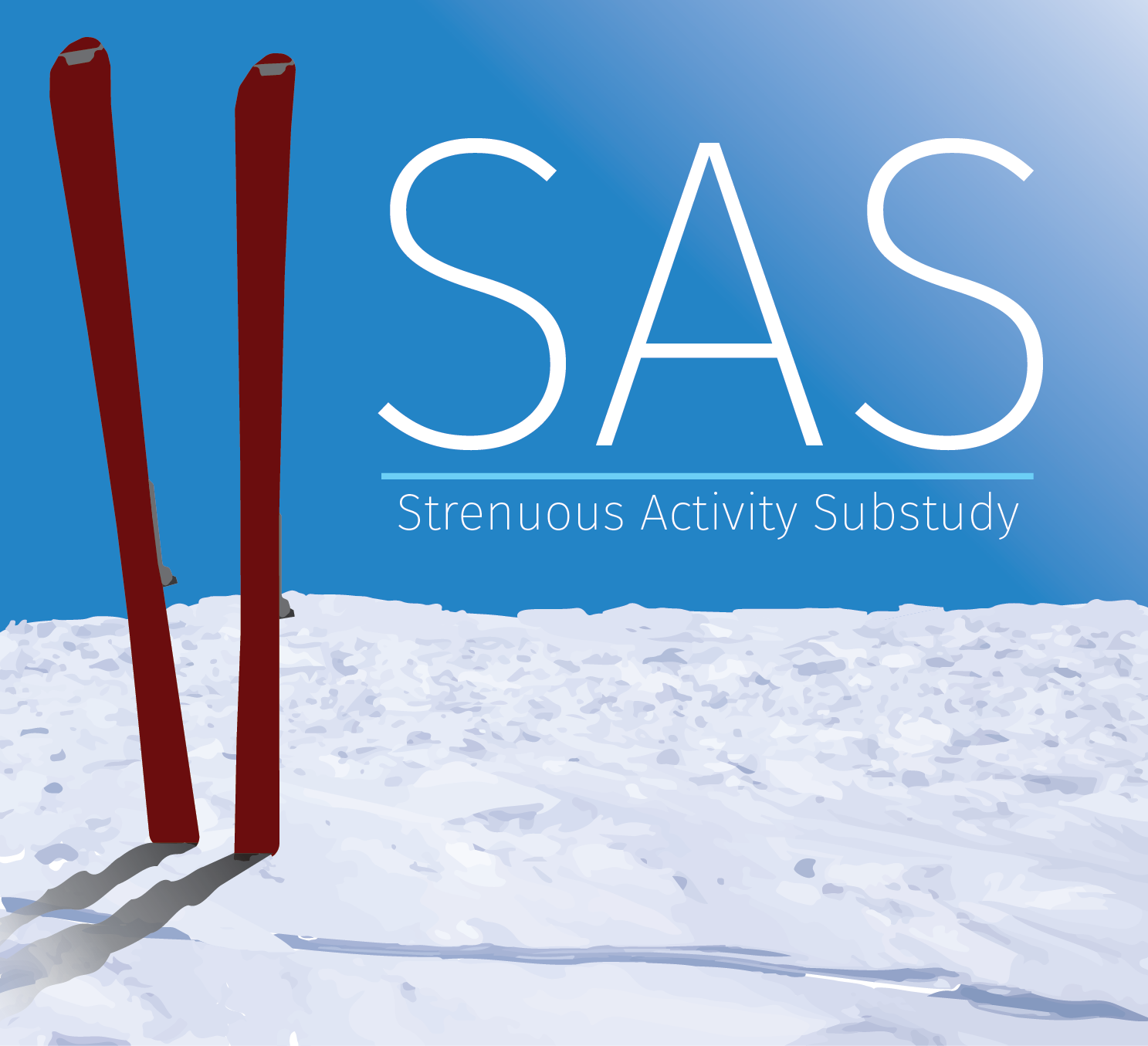STRENUOUS ACTIVITY SUBSTUDY

BACKGROUNDINCLUSION CRITERIAREFERENCES
The University of Utah Departments of Bioengineering, Obstetrics and Gynecology, Biostatistics, and Kinesiology are studying intra-abdominal pressure in women during strenuous activities. 1 out of 4 women in the U.S. develops pelvic floor disorder (PFD) [1], while 1 out of 9 women receives a corrective surgery after developing PFD [2]. High intra-abdominal pressure is believed to be one of the causes of PFD, leading women with PFD to receive activity restrictions that greatly hamper their ability to be physically active [3,4]. However, there is little information as to the pressures generated by exercises and daily activities. We hope to discover the intra-abdominal pressures generated during different strenuous activities in women through SAS.
While performing an activity, participants will wear a small intravaginal pressure transducer that is inserted like a tampon [Figure 1]. The transducer measures intra-abdominal pressure and stores the data in the instrumentation module that is worn on the waistband of the pants [Figure 2]. For SAS, the possible activities include skiing, mountain biking, and trail running, depending on which activity each women feels comfortable performing. The information gained will help with advising women at risk for PFD about strenuous activities that they may perform to stay healthy while maintaining a healthy pelvic floor.
While performing an activity, participants will wear a small intravaginal pressure transducer that is inserted like a tampon [Figure 1]. The transducer measures intra-abdominal pressure and stores the data in the instrumentation module that is worn on the waistband of the pants [Figure 2]. For SAS, the possible activities include skiing, mountain biking, and trail running, depending on which activity each women feels comfortable performing. The information gained will help with advising women at risk for PFD about strenuous activities that they may perform to stay healthy while maintaining a healthy pelvic floor.
• Woman between the ages of 18 and 54
• Does not have bulging beyond the vagina
• Has not had pelvic surgery other than hysterectomy
• Is not currently using vaginal contraceptive or pessary
• Does not have unusual vaginal bleeding or discharge
• Is not a prisoner
• Has not been told by a doctor that she has a heart condition and should only do physical activity recommended by a doctor
• Does not feel pain in her chest when doing physical activity
• Has not had chest pain while doing physical activity in the past month
• Does not lose balance because of dizziness or lose consciousness
• Does not have a bone or joint problem that could be made worse by a change in her physical activity
• Does not currently have a doctor prescribing drugs (e.g. water pills) for her blood pressure or heart condition
• Does not know of any other reason why she should not do physical activity
• Has a BMI between 19 and 30 (BMI=[weight(lbs)/height(inches)2]*703)
• Is skilled at either skiing, trail running, or mountain biking and participates in this activity regularly (if seasonal, at least 6 times per year)
• Does not have bulging beyond the vagina
• Has not had pelvic surgery other than hysterectomy
• Is not currently using vaginal contraceptive or pessary
• Does not have unusual vaginal bleeding or discharge
• Is not a prisoner
• Has not been told by a doctor that she has a heart condition and should only do physical activity recommended by a doctor
• Does not feel pain in her chest when doing physical activity
• Has not had chest pain while doing physical activity in the past month
• Does not lose balance because of dizziness or lose consciousness
• Does not have a bone or joint problem that could be made worse by a change in her physical activity
• Does not currently have a doctor prescribing drugs (e.g. water pills) for her blood pressure or heart condition
• Does not know of any other reason why she should not do physical activity
• Has a BMI between 19 and 30 (BMI=[weight(lbs)/height(inches)2]*703)
• Is skilled at either skiing, trail running, or mountain biking and participates in this activity regularly (if seasonal, at least 6 times per year)
[1] I. Nygaard et al., 'Changes in physical activity after abdominal sacrocolpopexy for advanced pelvic organ prolapse', American Journal of Obstetrics and Gynecology, vol. 198, no. 5, pp. 570.e1-570.e5, 2008.
[2] A. Olsen et al., 'Epidemiology of surgically managed pelvic organ prolapse and urinary incontinence', Obstetrics & Gynecology, vol. 89, no. 4, pp. 501-506, 1997.
[3] L. Weir et al., 'Postoperative Activity Restrictions', Obstetrics & Gynecology, vol. 107, no. 2, 1, pp. 305-309, 2006.
[4] M. FitzGerald et al., 'Physical Limitations After Gynecologic Surgery', Journal of Pelvic Surgery, vol. 7, no. 3, pp. 136-139, 2001.
[2] A. Olsen et al., 'Epidemiology of surgically managed pelvic organ prolapse and urinary incontinence', Obstetrics & Gynecology, vol. 89, no. 4, pp. 501-506, 1997.
[3] L. Weir et al., 'Postoperative Activity Restrictions', Obstetrics & Gynecology, vol. 107, no. 2, 1, pp. 305-309, 2006.
[4] M. FitzGerald et al., 'Physical Limitations After Gynecologic Surgery', Journal of Pelvic Surgery, vol. 7, no. 3, pp. 136-139, 2001.

Figure 1

Figure 2

